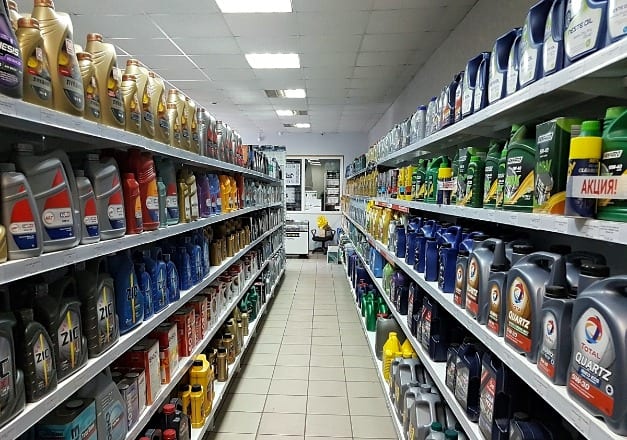
How to choose engine oil
Content
Any motorist should know how twice two: oil in the car’s engine is like a human circulatory system. The efficiency and durability of the motor depend on it.
Therefore, the driver must know how often to change engine oil, and which is best to choose. That's what experts advise.
Which is better to use
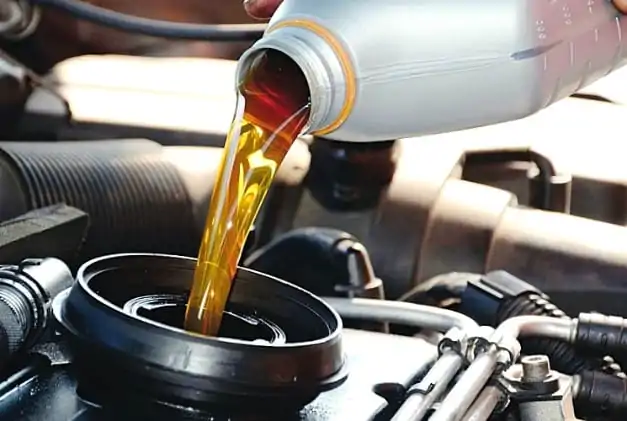
By mistake, many car owners believe that the key factor in this matter is the popularity of a particular brand of oil. But in fact, this is far from the case.
Here are some things to consider:
- recommendations of the car manufacturer;
- terms of Use;
- motor resource.
First, when developing engines, manufacturers conduct tests in which the “golden mean” in the application of engine oil is determined. Therefore, it is better to adhere to the recommendations of the manufacturer.
Secondly, sometimes the car is operated in conditions that do not meet the requirements for the desired brand of lubricant. For example, a territory where winters are harsh.
Thirdly, due to wear of the piston rings, the clearance inside the cylinders becomes larger. Therefore, in the case of old cars, materials with low viscosity are ineffective.
SAE classification
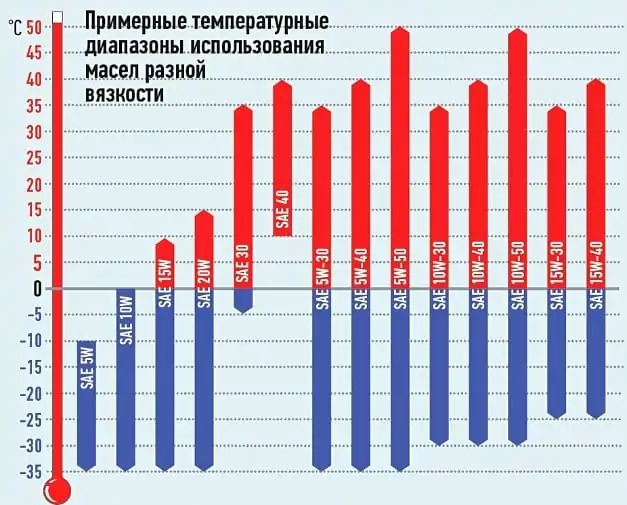
If the car is no longer in the warranty period and the engine has been “run-in”, you can choose a more suitable engine lubricant for local conditions. How not to get lost in the huge variety of goods on the shelves?
First of all, it is important to pay attention to the value of SAE. It is always indicated on the canister. For example, 5W-30. The letter in this marking indicates the degree of viscosity in winter. The number in front of it indicates the minimum temperature threshold at which the starter will freely crank the crankshaft. In this case, this figure will be within 30 degrees of frost.
A table to help you find the right oil for your local environment:
| Engine cold start temperature: | SAE classification | Maximum air temperature: |
| From - 35 and below | 0W-30 / 0W-40 | + 25 / + 30 |
| -30 | 5W-30 / 5W-40 | + 25 / + 35 |
| -25 | 10W-30 / 10W-40 | + 25 / + 35 |
| -20/-15 | 15W-40 / 20W-40 | + 45 / + 45 |
As you can see, some varieties of oils are intended for use in special conditions. Among the "universal" lubricants - semi-synthetic.
Selection Guidelines
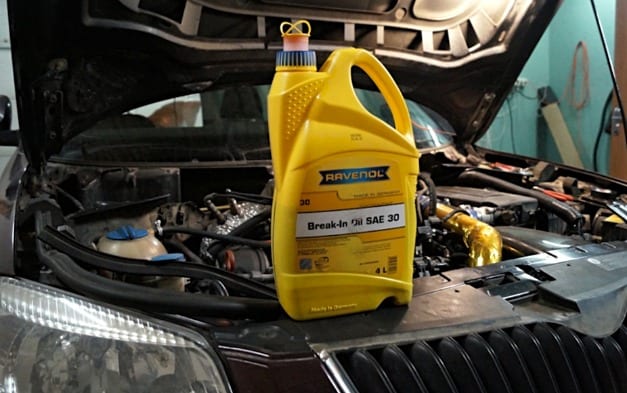
If the motor is at the “break-in” stage, that is, all new parts that have been installed after a major overhaul or at the first purchase of the machine have not yet been rubbed, experts advise using low-viscosity materials. Unlike thick analogs, such an oil creates a thin protective film on the surface of rubbing elements. This provides a soft “grinding” of the piston group, bearings, bearings, camshaft beds, etc. For example, in this case, motorists recommend pouring 5W-30, or 0W-20.
The older the motor, the higher viscosity engine oil should have. For example, 5W-40 and lower in class. So the car will not lose power at high speeds. Increased clearances will be offset by a thicker oily film. And this will significantly affect fuel consumption (in the direction of efficiency).
How to determine when it is time to switch to another category of motor oil? Here is a set of factors indicating this:
- high mileage;
- increased fuel consumption;
- decreased motor power.
Another point is the driving mode. At higher speeds, the engine always heats up more. And the higher the temperature, the lower the viscosity of the oil. Therefore, the driver himself must determine the middle ground for his car.
API classification
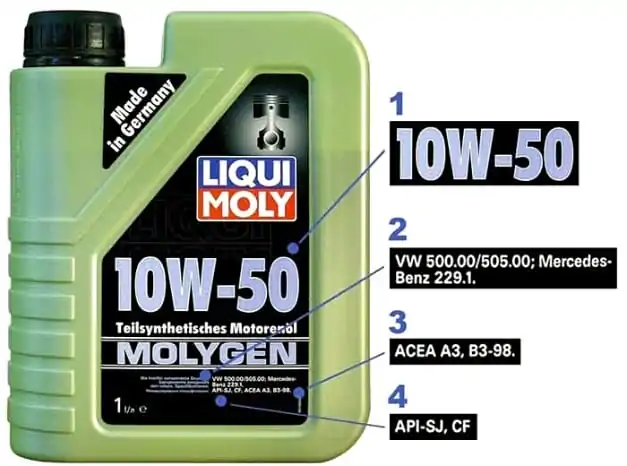
In addition to the classification of oils by viscosity, they are divided into several categories by API. This is a criterion that allows you to choose the lubricant according to the type of motor and year of manufacture.
All engine oils are sorted into three main types:
- S - lubricating fluids for carburetor and injection engines;
- C - analogues for diesel ICE;
- T - two-stroke engines.
API marking:
| Year of manufacture: | API class: |
| Until 1967 | SA, SB, SC |
| 1967-1979 | SD |
| 1979-1993 | SF, SG |
| 1993-2001 | SH, SJ |
| 2001-2011 | SL, SM |
| 2011-NV. | SN |
The actual marking today is considered a class with the letters J, L, M, N. Outdated motor oils are considered types F, G, H.
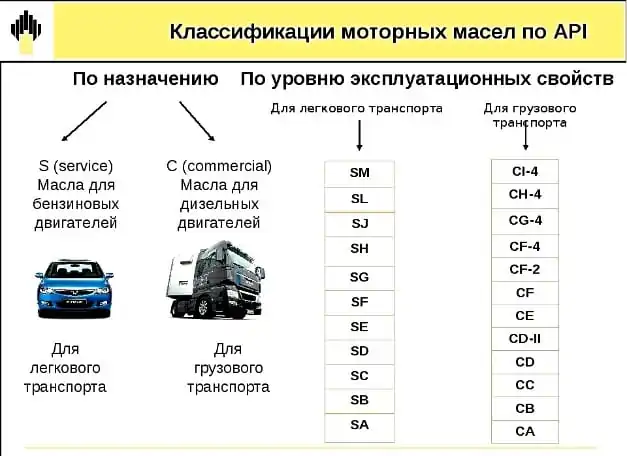
As you can see, when choosing engine oil, it is important to consider not only its viscosity at minimum and maximum ambient temperatures. Some types of lubricants are designed exclusively for gasoline or diesel power units. Although in stores you can find universal options. In this case, the canister will indicate: SN / CF.
How often to change the oil?
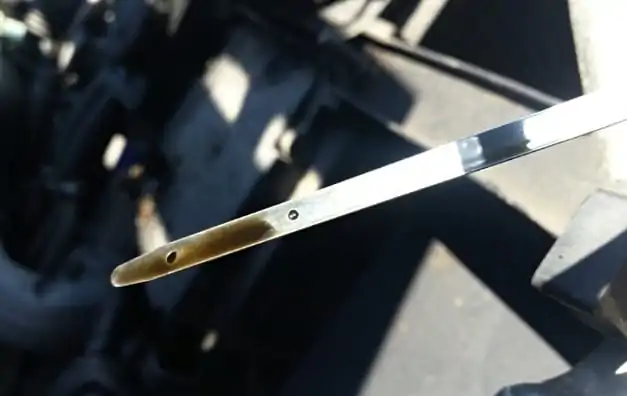
Manufacturers often indicate in the manual for the car that the engine oil needs to be changed every 10 thousand kilometers. Some motorists lower this interval to 8 for greater confidence.
However, vehicle mileage should not be the only indicator of replacement procedures. Additional factors include:
- motor load (frequent transportation of heavy loads);
- engine volume. Low-powered ICEs on heavy cars require increased speed;
- hours of work. More information on how they are calculated is described in separate article.

So, the selection of engine oil is a crucial stage in car maintenance. Following the simple recommendations of specialists, the driver will significantly increase the resource of the "heart muscle" of his iron horse.
Here is a short video review of some popular oil brands:
Common questions:
What kind of oil to pour into the engine? It depends on the condition of the power unit and the manufacturer's recommendations. If the motor is supplied with mineral water, it already has a high mileage, then semi-synthetics or synthetics will create a lower-quality oil film, which can cause it to fade faster. A diesel engine relies on its own type of lubricant.
What is oil viscosity? Oil viscosity refers to the shear resistance between oil layers. The viscosity depends on the temperature of the liquid. The high temperature makes the oil thinner. As the temperature decreases, the viscosity increases (becomes thicker).
What do the numbers in oil mean? Marking, for example 10W40, means: 10 - viscosity at subzero temperatures, W - winter, 40 - viscosity at positive temperatures. There are winter oils (SAE5W) or summer oils (SAE50).
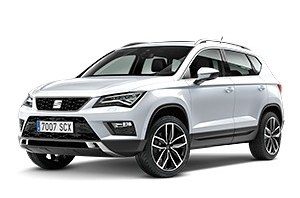

5 comments
Pedro
Hello, what oil should I put in my vehicle mitscibichi pajero io gdi year 2000
Vadim
I agree about the popularity, I used to pour one well-known oil before, but my engine almost broke
I want
Hello! Which oil should I pour in Mercedes E 320, year 1997.
Thanks in advance!
Ferdinand
I have a Mercedes E 280 W211 petrol - gas 3000 cc, what kind of oil do you recommend?
Dear
What type of oil should I use for Nissan Navara, year of production 2006 please and how many liters are needed?